SAP MII (SAP Manufacturing Integration and Intelligence) – Flexible and scalable
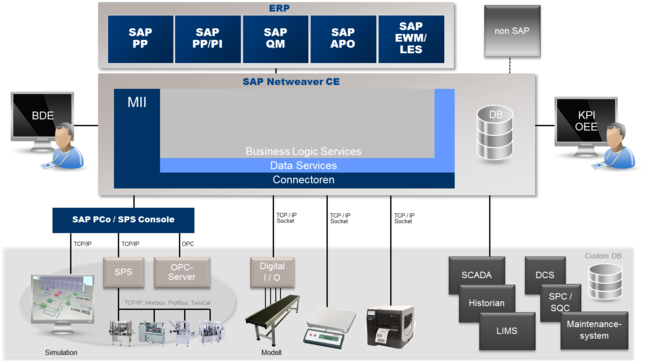
With SAP Manufacturing Integration and Intelligence (SAP MII), SAP offers a web-based, standardised and flexible IT platform for vertical integration into production. This connects the production processes of a process-oriented manufacturing unit with SAP ERP (SAP Enterprise-Resource-Planning). As a central clearing-house for information, SAP MII (SAP Manufacturing Integration and Intelligence) extracts data from a range of sources (e.g. shop floor systems), processes this information and offers a wide range of monitoring, controlling and management options for process optimisation and improving production efficiency.
In this way, SAP MII (SAP Manufacturing Integration and Intelligence) provides the central component for a KPI-managed production unit characterised by its efficiency, availability and quality. In doing so, SAP MII (SAP Manufacturing Integration and Intelligence) focuses on tight integration with SAP ERP (SAP Enterprise-Resource-Planning).
SAP MII (SAP Manufacturing Integration and Intelligence) enables early action rather than late reaction, and the discovery and targeted deployment of latent potential in the areas of productivity and quality. With SAP MII (SAP Manufacturing Integration and Intelligence) Best Practices, IGZ offers wide-ranging solutions for efficient production processes with end-to-end SAP integration.
SAP MII (SAP Manufacturing Integration and Intelligence) Functional Areas (Selection):
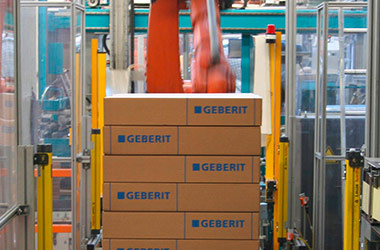
A Manufacturing Execution System (MES) helps companies to bring greater transparency to their manufacturing units, and to improve the organisation of production processes and the precision of their control systems (e.g. job management for production robots or packaging machines). MES systems do not really come into their own, however, until they are directly connected to the corresponding SAP ERP systems. Only then strategic management decisions can be communicated rapidly to production and be implemented as cross-division, cross-plant activities. Data services integrated into SAP MII (SAP Manufacturing Integration and Intelligence) therefore form the basis for achieving perfect synchronisation within production and intelligent manufacturing ("Perfect Plant" and "Industry 4.0").
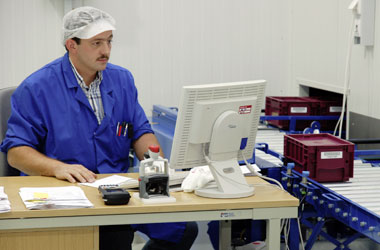
Alongside the improved data integration of the machine-controlled production level (shop floor) and SAP ERP (SAP Enterprise-Resource-Planning), SAP MII (SAP Manufacturing Integration and Intelligence) offers valuable additional functions. These user-defined information views and data entry panels ("dashboards") process data from SAP MII (SAP Manufacturing Integration and Intelligence) in such a way that the relevant user role (e.g. supervisor, machine operator, quality control, quality assurance) receive predefined and configurable sets of information and options for intervention in the system. From just a single display screen (SAP MII Cockpit), role-based responses can therefore be made to problems concerning production, capacities or quality.
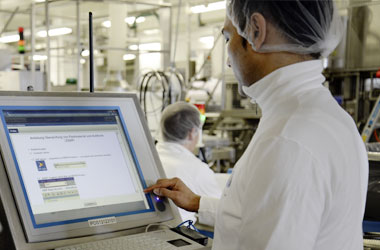
With SAP MII (SAP Manufacturing Integration and Intelligence), the production/process orders planned in SAP PP (SAP Production Planning) or SAP PP-PI (SAP Production Planning-Process Integration) can be used to generate work lists with prioritised and up-to-date production order operations. As a final step, and depending on definitions, these work lists can be processed further either directly in SAP MII (SAP Manufacturing Integration and Intelligence) (project solution), in a non-SAP MES (SAP Manufacturing Execution System) or in SAP Manufacturing Execution (SAP ME). This ERP decoupling of worklists means that even if the connection to SAP ERP (SAP Enterprise-Resource-Planning) goes down, production order processing can continue in SAP MII (SAP Manufacturing Integration and Intelligence). In the process, all of the work steps and confirmations can be buffered in SAP MII (SAP Manufacturing Integration and Intelligence).
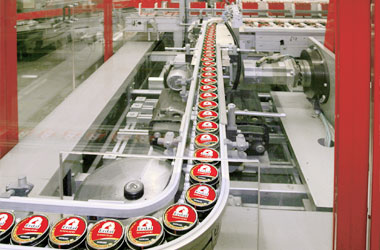
Various types of production confirmations (e.g. recording employee attendance, interruptions to production, faults, ancillary activities, etc.) can be passed via MES or machinery systems directly to SAP MII (SAP Manufacturing Integration and Intelligence). In the process, all of the typical communication standards (e.g. S95) can be utilised. Within SAP MII (SAP Manufacturing Integration and Intelligence), the separation or consolidation of materials handling notifications by timestamp, time recording or personal identification can then take place, as well as the desired pre-processing of the data for SAP ERP (SAP Enterprise-Resource-Planning). In addition, the corresponding consumption postings or a direct labelling or goods marking can then be triggered via SAP MII (SAP Manufacturing Integration and Intelligence).

The end-to-end integration of SAP ERP (SAP Enterprise-Resource-Planning) and SAP MII (SAP Manufacturing Integration and Intelligence) enables the permanent synchronisation of all production-relevant data. In addition, SAP MII (SAP Manufacturing Integration and Intelligence) records various sets of production data from which KPIs (key performance indicators) can be calculated, as well as production-related messages and alarms. Furthermore, SAP MII (SAP Manufacturing Integration and Intelligence) can be used to support quality assurance processes (e.g. preventive quality assurance or measurement/inspection processes). Lastly, SAP MII (SAP Manufacturing Integration and Intelligence) can be used to define rules or limits that trigger specific events and an action to be performed by SAP MII (SAP Manufacturing Integration and Intelligence).

